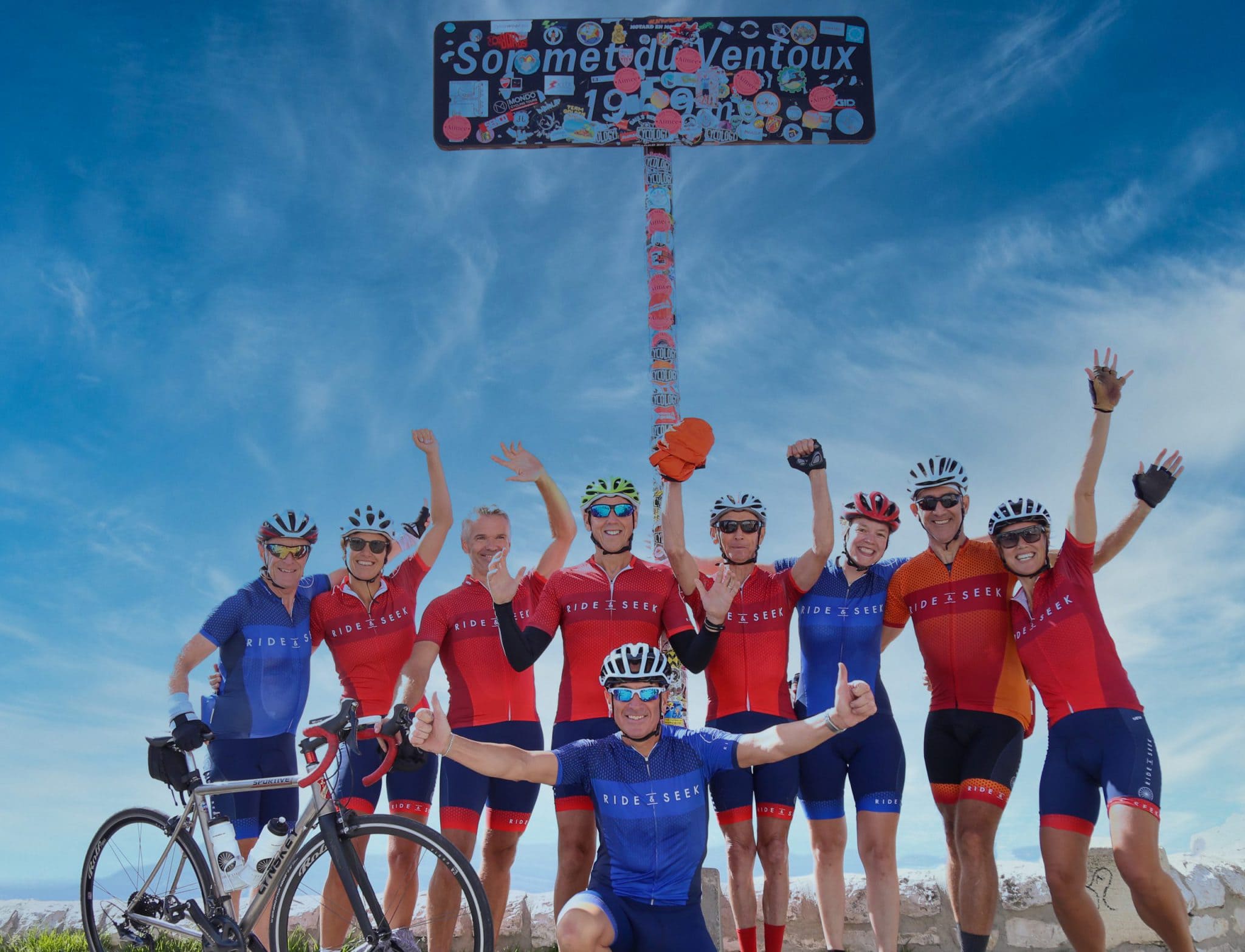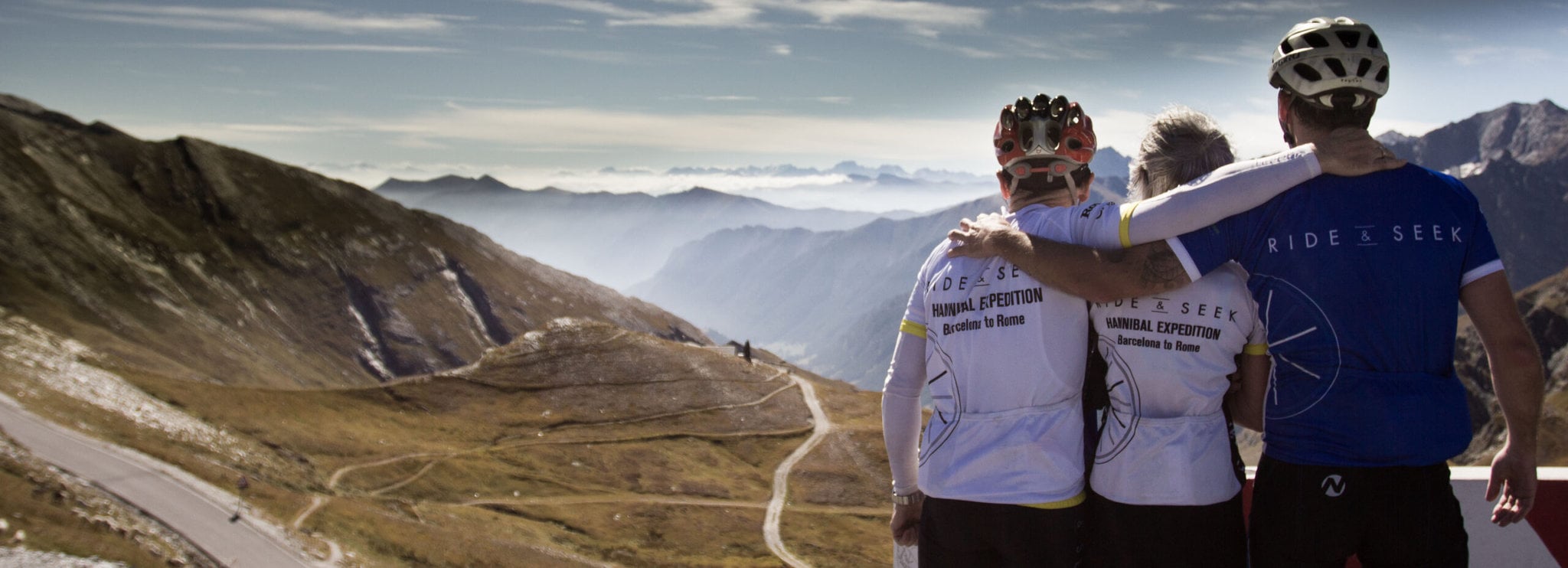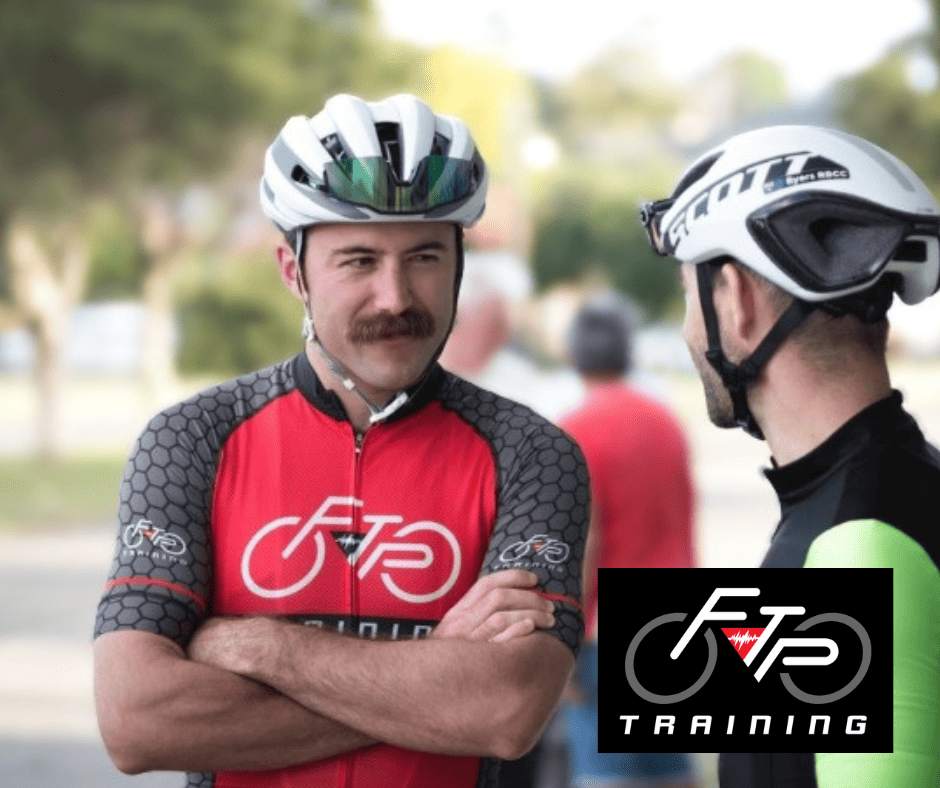Training for your Epic Cycling Adventure Tours
In this article
Deciding to take part in Ride and Seek cycling tours is a commitment to high adventure; it is also a commitment to yourself, other group members, and your friends and family. A Ride and Seek tour promises a memorable experience, pushing your boundaries in unforeseen ways and enriching your life with both profound moments and immense enjoyment. It is fair to say that the better prepared you are for your cycling adventure, the more you will enjoy the experience.
 Pont Julien on our Local Adventure in Provence
Pont Julien on our Local Adventure in Provence
Top tips for preparing for bike tours
Keep training consistent
While there's no fixed training template, consistency is paramount. Sporadic training "blitzes" followed by long breaks offer minimal long-term benefit. Instead, focus on gradually building fitness through regular riding. For our multi-day bike tours, we also advise including back-to-back cycling days to simulate the tour's rhythm.
Duration
Each tour requires the ability to ride consecutively for up to 6 days before a rest. If you choose the Hannibal tour, you will also need the ability to ride tall mountains. If Napoleon is for you, then being comfortable on longer rides with the possibility of headwinds is what you train for. And if your preference is for a 2 cup tour on the lower difficulty spectrum, you will still be looking to saddle up for multiple days in a row. Click here to explore the duration and cup rating of all Ride and Seek cycling tours.
Forget chasing Strava
A couple of things may conspire to prevent you from doing the most effective training. One is the tyranny of Strava! Forget chasing personal bests or competing with friends. Building the necessary endurance to flourish on these tours requires a long and slow approach. While one intensive workout in your weekly or 10-day training cycle is OK, avoid overdoing it. Most of us are time-poor and mistakenly try to compensate by training harder. My own approach for these events involves planning back-to-back days on the weekend, riding with slower-paced companions.
Comfort
Being comfortable on the bike for extended periods is very important. Proper bike fit, good quality nicks, stretching and core strengthening work all pay big dividends. Recent saddle design changes have led to great improvement in comfort, catering for the differing needs of both men and women.
Professional training advice
Science has rapidly advanced our understanding of training, however, you can train "scientifically" for your tour and still get it wrong. We need to be discerning and do the sort of training that is appropriate for our event, and that is quite possibly very different from how you might train at present. Employing a 'coach' with a clear understanding of how to use wattage as a guide can be invaluable. Angus Burrell from FTP Training can help with personalised coaching.
 No mountain is insurmountable if you do the training :)
No mountain is insurmountable if you do the training :)
Other considerations for preparing for your bike tours
Proper preparation will give you more enjoyment and a sense of achievement. Training is a big part of that preparation, but there are a few other things that are just as important.
One consideration is discussing your chosen tour with your stakeholders - family and friends, and be open about what the trip means for you, and importantly, the time commitments involved in training prior to the event. Consider showing them a relevant Ride and Seek blog post relating to the tour you are interested in.
Another consideration is safety, particularly when descending. I'm all in favour of enjoying the thrills of fast descents, but you can have just as much fun at 80% of your maximum downhill speed as you can flat out. Descents around the world vary and are designed differently, and it is easy to misjudge cornering speeds. Being a long way from home is also not the best place to let your downhill ego take control, both on tour and training for one!
It's also worth thinking about the implications of being part of a group. Cycling can be a very solitary pastime, but it is also a wonderful social activity. You will find that the interactions you have with the group will add a great deal to your enjoyment. A bit of give and take, mutual support both on and off the bike, spread the happiness bugs and builds connections.
For more tour preparation tips leading up to your Ride and Seek cycling tour, click here for our Tour Essentials.
 Looking down in Italy from Col Agnel (2744m) on Hannibal
Looking down in Italy from Col Agnel (2744m) on Hannibal
Bike tour preparation in a nutshell
Rest
This is when your body adapts to the training load and adjusts to handle higher workloads. Increasing training load without increasing rest leads to poorer performance. Plan a 4-week cycle of gradually increasing distance, then have a week with 50% less riding. Increase distance in the next 4-week cycle.
Riding tall mountains when there are none nearby to train on
Find some long hills, about 3- 5 minutes of climbing. Climb in a very low gear, spinning as close to 100 rpm as you can. Descend, then repeat seated but using the biggest gear you can, cadence between 55 and 60. Gradually repeat the number of efforts. Every third effort, do it standing in a big gear.
When you get to train in the mountains, start climbing in a relatively easy gear and spin
Towards the top, try and change to a harder gear and alternate standing and sitting. Break the climb into segments and focus on riding that segment well. Monitor and observe what is going on and focus. Match your breathing with pedal strokes. Relax the upper body and smile, it works!
Remember to taper
...and not arrive at the start of your tour completely smashed. Also, don't underestimate the effect of jetlag, it will affect your performance, so arrive a couple of days prior to the event if you can. Get an aisle seat on the flight and walk/stretch often.
Consider seeking help with your training
Our training partner, Angus Burrell of FTP Training, can help in this regard. Angus has worked for many years across the cycling world, coaching athletes in all disciplines of the sport. Angus offers a remote coaching platform, so regardless of where in the world you are, he can support your training goals. Angus has extensive experience bike packing and touring all over the world. He is in a unique position to fully understand the demands of riding day in and day out. Angus has developed a 6-week & 12-week training plan to set you on your way, he is also available for personalised coaching to bring you to your epic adventure in the best shape possible! Contact Angus directly.
For more information
For more information about joining one of our Epic Cycling Tours, contact us at Ride and Seek now.
To view all our Epics, explore the website, or check out our Digital Catalogue, which you can download and view offline, click here.
Angus Burrell from FTP Training
Author: Kieran Ryan
Kieran rode with Ride and Seek on Vietnam Untouched and has been coaching cyclists around Australia for more years than he can remember!
